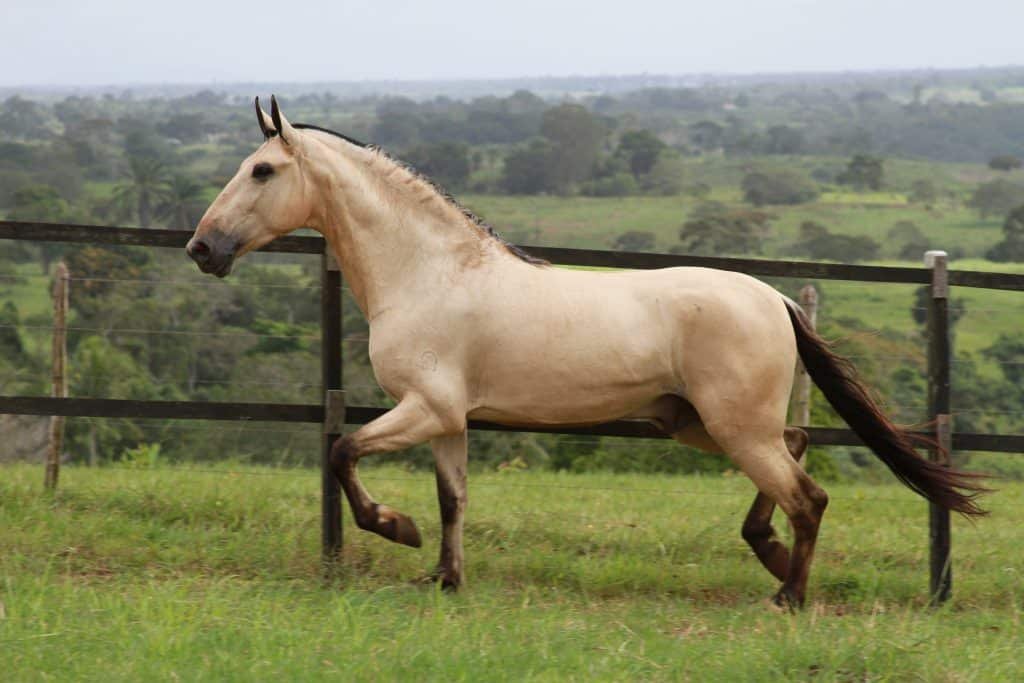Byelorussian Harness Horse is a unique and important breed of draft horse originating from Belarus, a country in Eastern Europe
Known for its strength, endurance, and versatility, this breed plays a significant role in agriculture, transportation, and harness racing.
History and Development
Byelorussian Harness Horse was developed in Belarus during the 20th century by crossing local horses with heavy draft breeds, such as the Ardennes and other European draft horses.
This breeding program aimed to produce a versatile horse capable of handling the harsh conditions of agriculture in Belarus, where traditional methods of farming and transportation were heavily dependent on draft horses.
Over time, the Byelorussian Harness Horse became highly valued for its strength, stamina, and reliability. It was particularly important during times of war and economic hardship, where the breed’s ability to perform heavy draft work under difficult conditions was essential. In modern times, though machinery has reduced the need for such horses in everyday work, the breed remains an important part of Belarusian heritage and is sometimes used in harness racing, agricultural festivals, and cultural events.

Key Features of the Byelorussian Harness Horse:
| Feature | Details |
|---|---|
| Origin | Belarus (formerly Byelorussia), developed in the 20th century. |
| Height | Typically 15 to 16 hands high (60 to 64 inches at the shoulder). |
| Coat Colors | Most commonly bay, black, and chestnut, though other colors can appear. |
| Body Type | Strong, muscular, and well-proportioned with a broad chest and deep body. |
| Temperament | Calm, patient, and hardworking, making them excellent for farm work and pulling heavy loads. |
| Endurance | Known for great stamina and ability to work long hours, particularly in harsh conditions. |
| Strength | Exceptionally strong, used for heavy draft work, including pulling carts and plowing fields. |
| Training | Intelligent and trainable, used for harness racing and agricultural tasks. |
| Cultural Significance | Highly valued for agricultural work, transport, and in harness racing events. |
| Historical Use | Primarily used in agricultural work, transport, and pulling carts. |
| Preservation | Efforts have been made to preserve the breed as industrialization reduces the need for draft horses. |
| Current Role | Still used for agricultural tasks, some participate in harness racing and traditional events. |
Physical Characteristics
The Byelorussian Harness Horse is a medium to large draft horse, typically standing around 15 to 16 hands high. The breed is well-muscled, with a broad chest and strong legs, making it highly suited for pulling heavy loads and working in tough conditions. Its coat is usually bay, black, or chestnut, and the horse’s overall appearance is dignified and powerful.
Temperament and Training
This breed is known for its calm and patient nature, which makes it ideal for farm work and other tasks requiring steadiness. Byelorussian Harness Horses are intelligent and willing to work, which makes them relatively easy to train. They have a strong work ethic and are often used for tasks that require strength, stamina, and patience.
Current Role and Preservation Efforts
While the Byelorussian Harness Horse is not as common as it once was, efforts are underway to preserve the breed. These horses are still utilized in some rural areas of Belarus for farming and agricultural work, and their presence is also celebrated in cultural and traditional events. Some horses are even used in harness racing, though the breed is less commonly found in competition today.
In recent years, breeders and organizations have made efforts to maintain the breed’s purity and ensure its survival for future generations. The Byelorussian Harness Horse is considered an important part of Belarus’ cultural and agricultural history, and there is a growing interest in preserving the breed.

